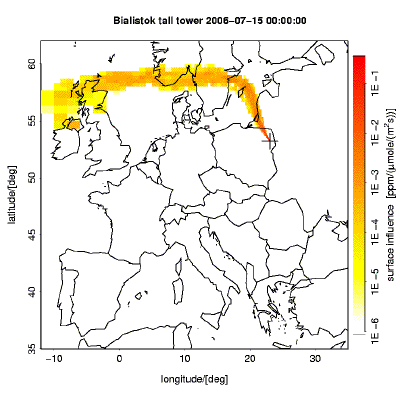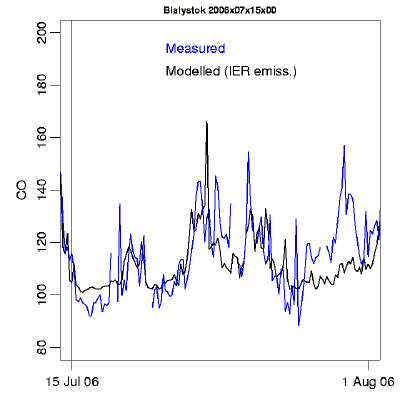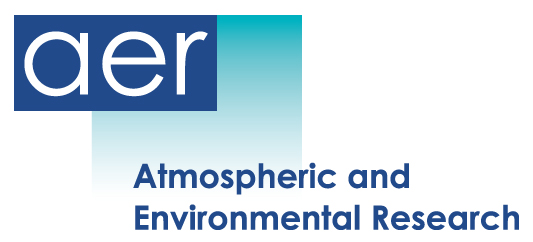STILT, the Stochastic Time-Inverted Lagrangian Transport model, is a Lagrangian particle dispersion model (LPDM) for atmospheric transport. Its primary purpose is to derive the upstream influence region on atmospheric measurement locations. In other words, it is a fast tool to retrieve the adjoint of tracer transport, i.e. the sensitivity of atmospheric tracer mixing ratio measured at receptor point with respect to upstream surface fluxes. STILT is driven by meteorological fields (most important wind fields) from a variety of weather prediction models (ECMWF, WRF, RAMS, ...), for both analysis of past observations or for measurement planning purposes using forecasts. STILT includes turbulence as a stochastic process.
STILT is being used by a growing community for interpreting trace gas measurements made at ground based stations, on airborne platforms, as well as from remote sensing. Current applications of STILT focus on greenhouse gases and other trace gases, where it is used with high resolution emission inventories and biospheric flux models to provide insight on regional scale budgets.
STILT is actively developed by a group of researchers at Harvard University, MPI-Jena, University of Waterloo, and Atmospheric & Environmental Research (AER).
Example of a STILT simulation (more in the Image gallery)


STILT calculated footprints (left) and CO mixing ratios (right) at the Bialistok tall tower observatory in eastern Poland. This shows the use of STILT to determine source regions of trace gases.
Developers




